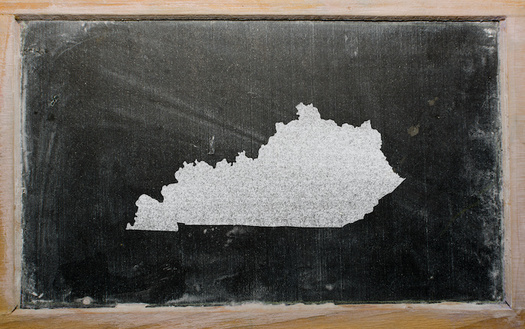
Kentucky's wealthiest school districts had nearly $3,000 more to spend per student than the state's lower-income districts, according to a new report with data from the 2018-2019 school year.
Superintendent of Green County Schools William Hodges said before the pandemic, he had to rely on capital-fund transfers to pay for buses and other essentials. He added the district now is in "triage mode" to make sure students' basic needs are being met.
"We shifted funding to make sure kids are fed at home," said Hodges. "Internet access in south central Kentucky, it's tough for our families, so we've created hot spots throughout our county. We've purchased multiple devices to try to become a one-to-one district, where every child at home has a device."
According to the Center on Budget and Policy Priorities, federal relief will close just one-fifth of state revenue losses. But public schools are faced with additional pandemic-related costs, including technology for distance-learning, cleaning and sanitizing equipment, and Personal Protective Equipment.
Anna Baumann, deputy director of the Kentucky Center for Economic Policy, said with the ongoing recession, students living in counties with less property wealth will likely feel the greatest effects.
"So we as a state, and local communities certainly, can't bridge the gap on our own," said Baumann. "Only Congress can provide the kind of aid that will stabilize Kentucky's budget and avoid more cuts that hurt students in our poorest communities the most."
Tim Brobrowski, superintendent of Owsley County schools, said his district in the Appalachian foothills has worked for a decade to improve distance learning for inclement weather.
And while he said he believes they're mostly prepared for the COVID-related challenges, Brobrowski said he worries about the longer-term impact the pandemic will have on revenue streams.
"When the dust settles on all this and we come back around, we obviously know that funding could be impacted through a variety of different methods," he said.
Before the pandemic, Kentucky ranked in the top four states nationwide for the largest school funding cuts per student since the Great Recession.

